Introduction
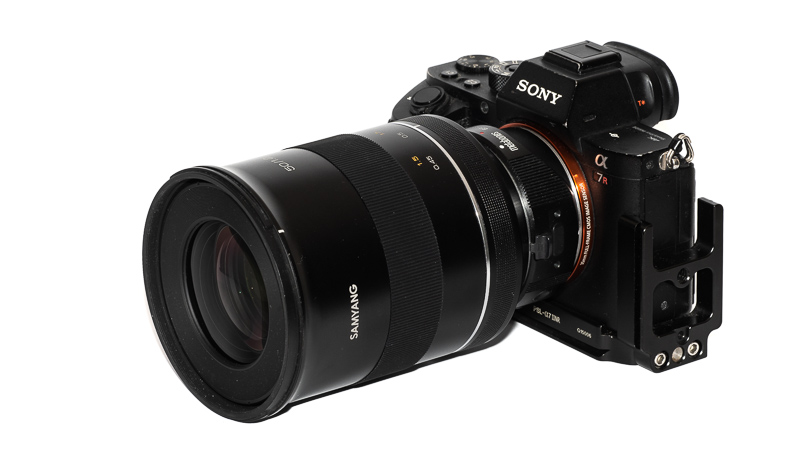
Back in 2018 Samyang – mostly known for cheap manual focus lenses like the 14mm 2.8 and the 85mm 1.4 at that time – wanted to show what they are capable of and released the first lens of their “Premium MF XP Series”, the Samyang 50mm f/1.2 XP. These faster XP lenses are only available for Canon EF mount and it seems they were devoid of any size constraints during development and even come with electronic contacts and electronic diaphragm controlled by the camera.
Despite all this it seems no one bought them though – was it due to bad marketing, lack in optical qualities or simply because of the massive size of these lenses? Let us find out in this review!
Sample Images

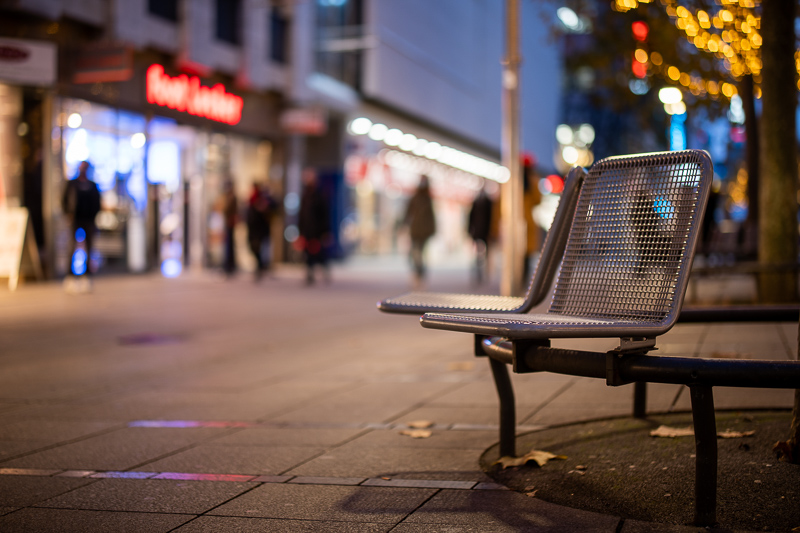
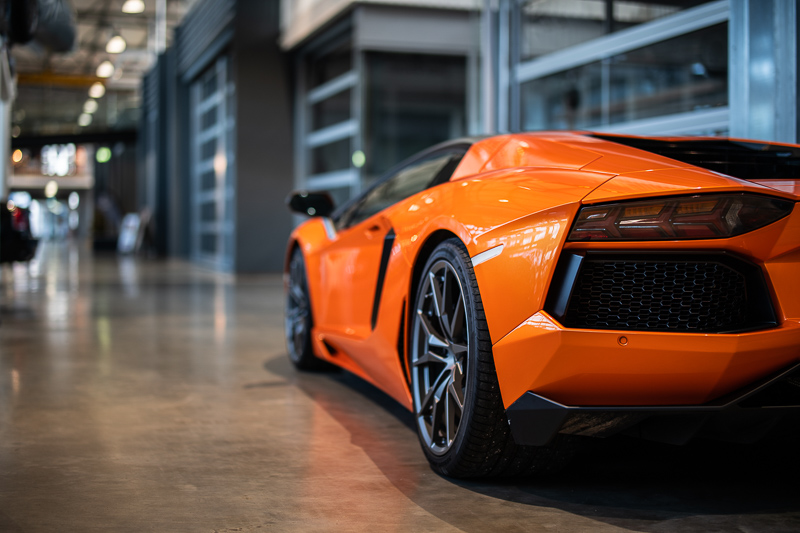
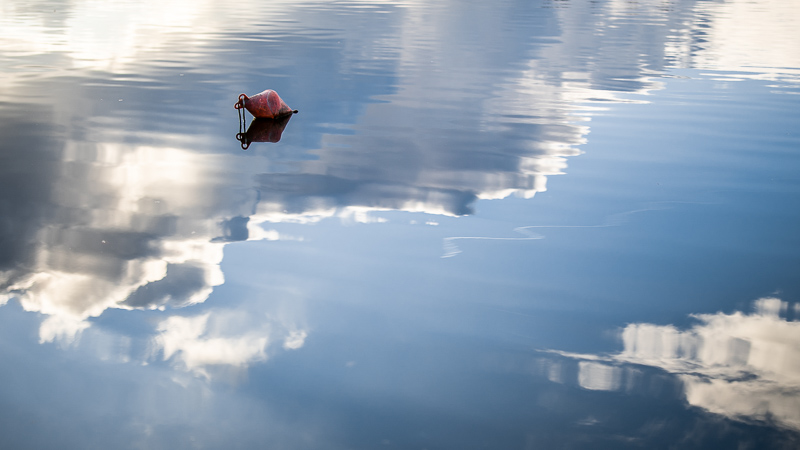
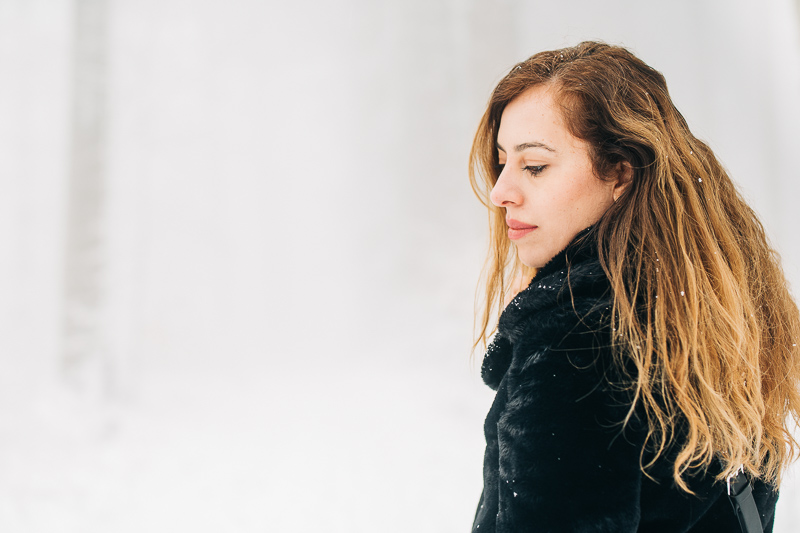

You can find most of the sample images in full resolution here.
Contents
Specifications / Version History
Samyang is offering plenty of 50mm lenses which can be a bit confusing. I am reviewing the fullframe 50mm f/1.2 from the XP manual focus premium series here which is not to be mistaken with the much smaller and cheaper 50mm 1.2 APS-C lens. The lens being reviewed here has the following specifications:
-
- Diameter: 93 mm
- Field of view: 46.6° (diagonally)
- Length: 117.4 mm + adapter
- Weight: 1200g + adapter (without hood, without caps)
- Filter Diameter: 86 mm
- Number of Aperture Blades: 9 (rounded)
- Elements/Groups: 11/8

- Close Focusing Distance: 0.45 m
- Maximum Magnification: 1:5.9
- Mount: Canon EF
You can also have a look at the manufacturer’s page.
The lens is available from amazon.com | amazon.de | B&H | ebay.com | ebay.de (affiliate links) and the price is $899/999€.
Handling/Build quality
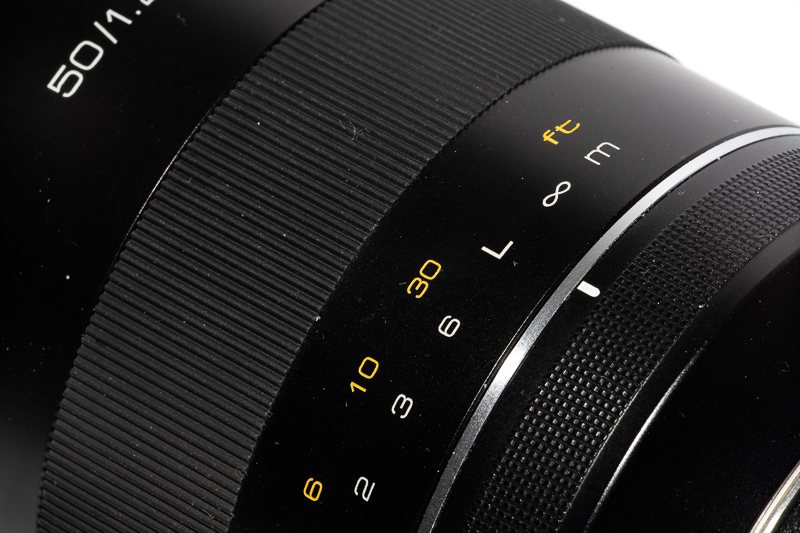
The outer design of the XP series lenses resembles that of the Zeiss Otus, Milvus and Batis lenses and the big rubberized focus ring is the only manual control we have. It turns a long ~200° from 0.45 m to infinity and has a nice, high resistance.
The lens features an EF-mount with electronic contacts, I tried the lens with a Sigma MC-11 and a metabones MK IV adapter. With the MC-11 it does not work at all, with the metabones everything works fine. In the exif data it is recognized as the Canon EF 50mm 1.2L. Also the advanced mode – which I would recommend with this lens (more on that later) – of the metabones adapter worked fine.
The lens feels solidly made and I guess most of the internal parts are made from metal, but as I did not take the lens apart take it as what it is: a guess.
In the past we had not so great experience when it comes to sample variation and longevity of Samyang lenses. I hope and wish this was better with these “premium” lenses, but only time will tell. The asymmetrical aperture diaphragm does not inspire too much confidence to be honest though.
The lens also comes with a big lens hood which mill make the lens look even bigger than it already is:
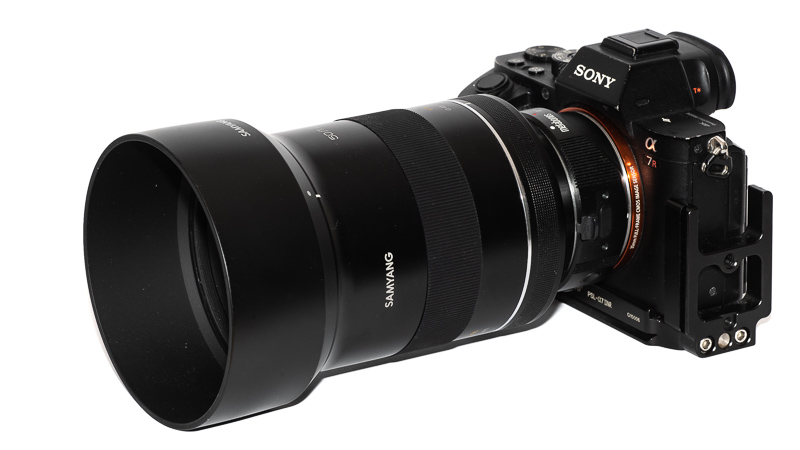
Talking about size and weight: this is a massive lens even surpassing the Sigma 40mm 1.4 Art and also featuring an unusual 86mm filter thread.
What is extra annoying: the front element is significantly smaller, so it should not have been a problem to realize this lens with a significantly more common 82mm thread.
Vignetting
light falloff
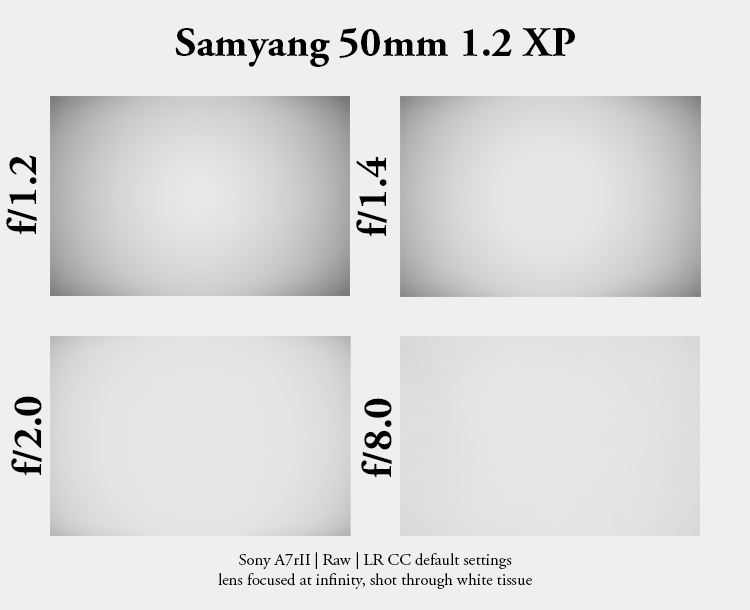
Wide open there is strong light falloff of roughly 2.6 EV in the extreme corners, stopped down to f/1.4 this improves to 2.3 EV, stopped down to f/2.0 it is 1.3 EV and further improves to very low 0.5 EV at f/8.0.
These values are a bit lower than those of the Sigma 35mm 1.2 Art DG DN and unsurprisingly also lower than those of the much smaller Voigtlander 50mm 1.2 E, especially stopped down.
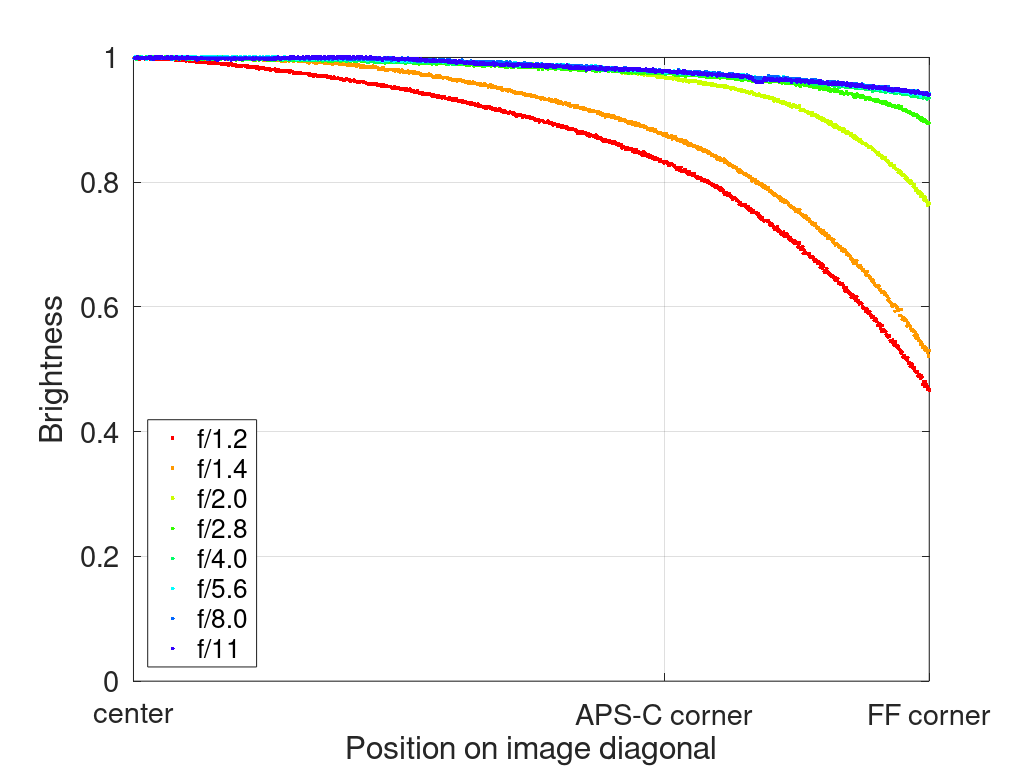
It is recommended to have a look at this article first to get an idea how this brightness graph works.
optical vignetting
Fast lenses usually show a noticeable amount of optical vignetting. Without going too much into technical details optical vignetting leads to the truncation of light circles towards the borders of the frame.
In the center of the frame almost every lens will render a perfect circle, but only lenses with very low optical vignetting will keep this shape in the corners.
So in the following comparison we move from the center (left) to the extreme corner (right) and see how the shape of the light circle changes.
I did not shoot the lenses side by side, if I did the light circles would be of same size at shared apertures. The lenses were set to 0.7 m focus distance, results may vary at other distances.
Whenever I am dealing with a fast yet huge lens like this Samyang 50mm 1.2 XP I hope it will perform better in this category than much smaller lenses like the Voigtlander 50mm 1.2 E or the Zhong Yi 50mm 0.95 II, unfortunately this is once more not the case.
Furthermore we see that the alignment of the diaphragm blades is not very exact, as we see asymmetrical sawtooth bokeh even in the center on stopping down a little.
Sharpness
infinity (42mp Sony A7rII)
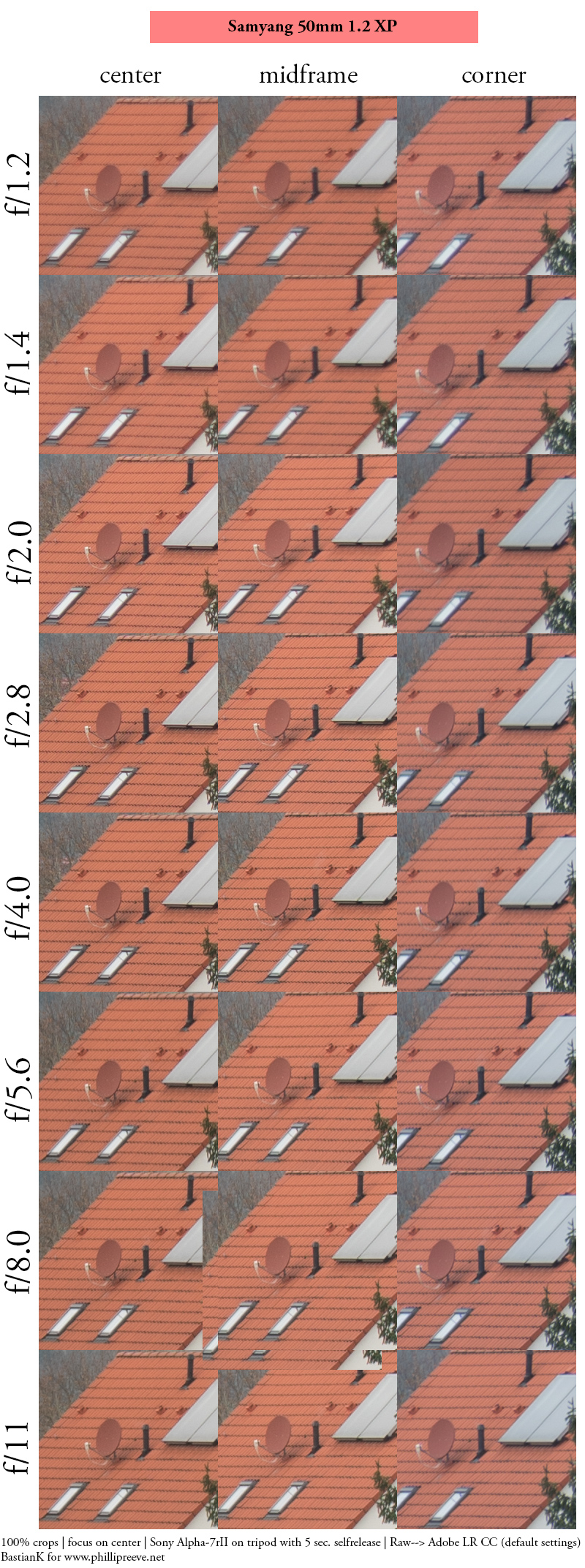
The Samyang 50mm 1.2 XP is being marketed as a lens to resolve 50 mp and it does certainly show a good performance at every distance including infinity.
At f/1.2 and f/1.4 the image is not as crisp as it is stopped down but most certainly usable for any application I could think of. From f/2.8 onwards it is very crisp and contrasty and resolves very fine detail. There also seems to be almost no visible field curvature, rare among very complex and fast lenses in this focal length range.
To put things into perspective: the Samyang 50mm 1.2 XP fares better here than pretty much any other fast 50mm lens, especially lenses with much simpler optical designs like the Voigtlander 50mm 1.2 E or the Canon EF 50mm 1.2L, but at the same time it does not fully reach the optical perfection of the latest Sigma Art lenses like the 35mm 1.2 or 40mm 1.4 and its performance will most likely also be superceded by the Canon RF 50mm 1.2L.
portrait distance (1.4 m)
For portraiture it isn’t so important how flat the field is, it is more interesting to see what the sharpness is like when focused at different parts of the frame to take field curvature out of the equation.
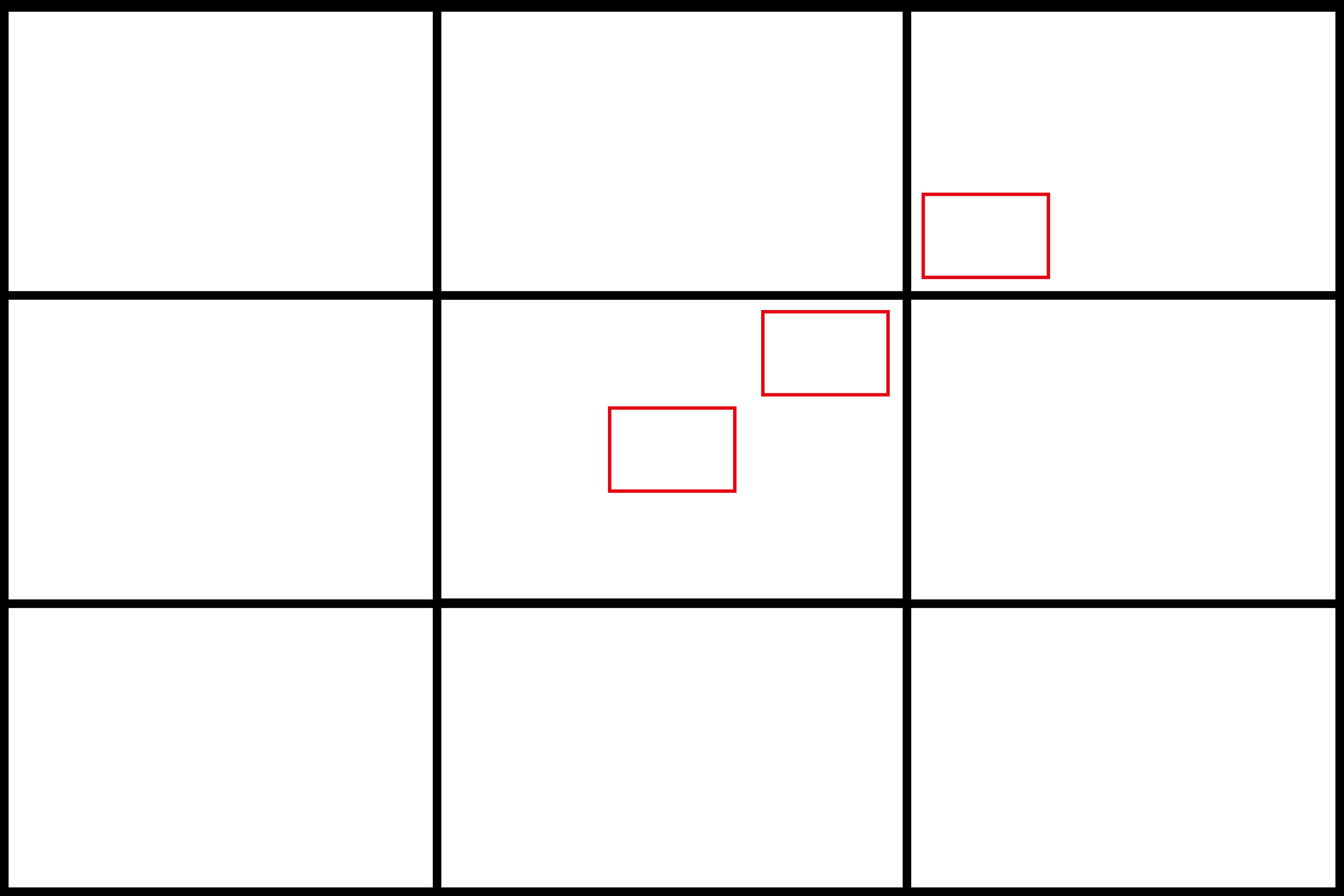
This is what I did here, I refocused for every shot and aperture to get the best possible result at different locations in the frame (center, inner midframe and outer midframe).
Focus distance was roughly 1.4 m and the circle of the dollar bill is more or less the size of a human eye.
100% crops, A7rII
In the outer midframe there is a bit of astigmatism at f/1.2 which is partly resolved on stopping down to f/1.4 already.
Again, better than the Voigtlander 50mm 1.2 E, not as good as Sigma Art 35mm 1.2 or 40mm 1.4.
close (0.45 m, 1:5.9)
100% crops from center, A7rII, because of focus shift (see corresponding section) I refocused for every shot.
The Samyang 50mm 1.2 XP seems to feature a floating elements design with correction for closer focus distances and it shows, as the performance is really good here.
To put things into perspective compare the f/1.2 crop to that of the Voigtlander 50mm 1.2 E.
Field curvature is also low at these distances, so if you stop down a bit you even get good across frame performance.
Flare resistance

As always evaluating flare is a complex matter since you can get any lens to look bad if you push it hard enough and a slight change of scenario can affect results a lot.
Ghosting is generally not a big issue, the red crescent in the corner above is the worst I could create, but I had to try really hard for that. This is good news for a fast lens with plenty of elements.
Veiling flare can be more of an issue though, no matter whether you are using the hood or not. With the sun close to the corner where most lenses struggle you can create vast veiling flare which gets worse the more you stop the lens down.
Slight reframing can often solve this though.
All things considered, I was positively surprised here.
Keep in mind though: adapters can have an influence on the performance in this category as well, so the lens might perform differently on a Canon EF camera or when using a different adapter.
Coma
100% crops from extreme corner, focused on corner, A7rII
Taking into account the complex optical design, the generally high resolution and Samyang’s track record when it comes to coma correction I expected a better performance here.
Coma in the corners is certainly noticeable between f/1.2 and f/2.0 and it really needs stopping down to f/4.0 to reduce it to very low levels.
Distortion
Sony A7rII | Samyang 50mm 1.2 XP | f/2.0
There is noticeable barrel distortion visible. Lightroom does not feature a correction profile, but as the distortion is uniform, dialing in +6 is doing a good job.
Bokeh
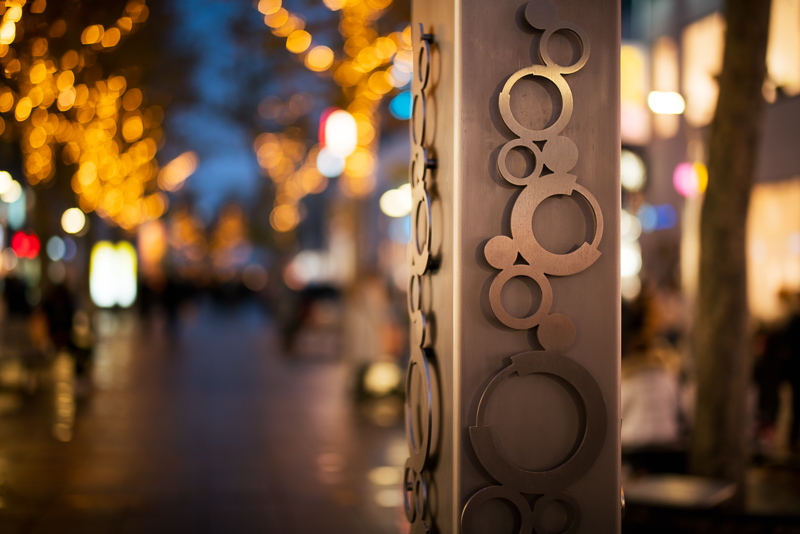
These days you only buy a 50mm f/1.2 lens for the shallow depth of field you get at f/1.2 and my favorite 50mm lenses so far when it comes to bokeh rendering are the Voigtlander 50mm 1.2 and the Zhong Yi 50mm 0.95, so we will see how the Samyang 50mm 1.2 XP stacks up here.
As is ususally the case in close focus scenarios the bokeh is smooth and non-distracting:
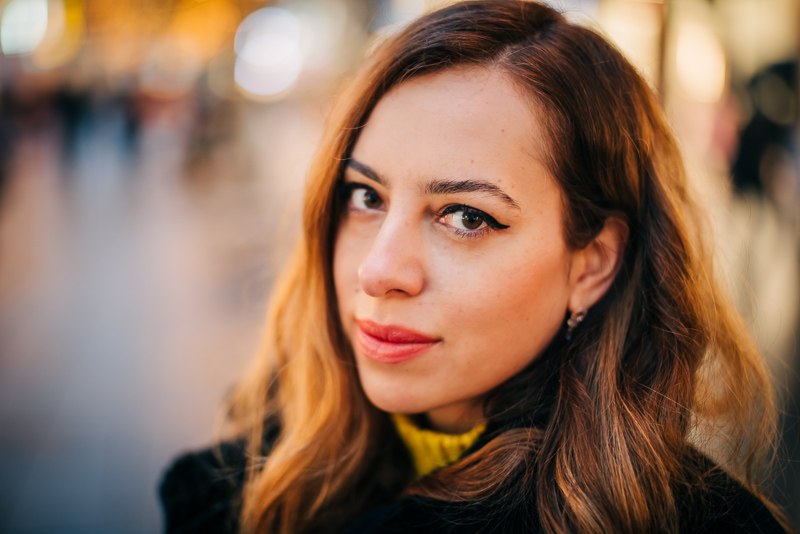
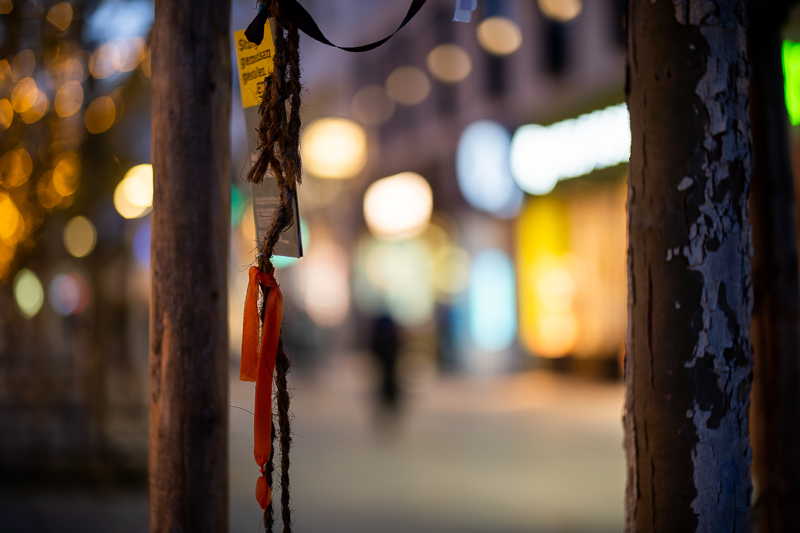
We don’t have that very obvious undercorrected spherical aberration look we know from the Voigtlander 50mm 1.2 E, the transition zone looks a bit “cleaner” here.
At mid distances sharpness and contrast are really high which in combination with the smooth backgrounds leads to a very noticeable subject separation:
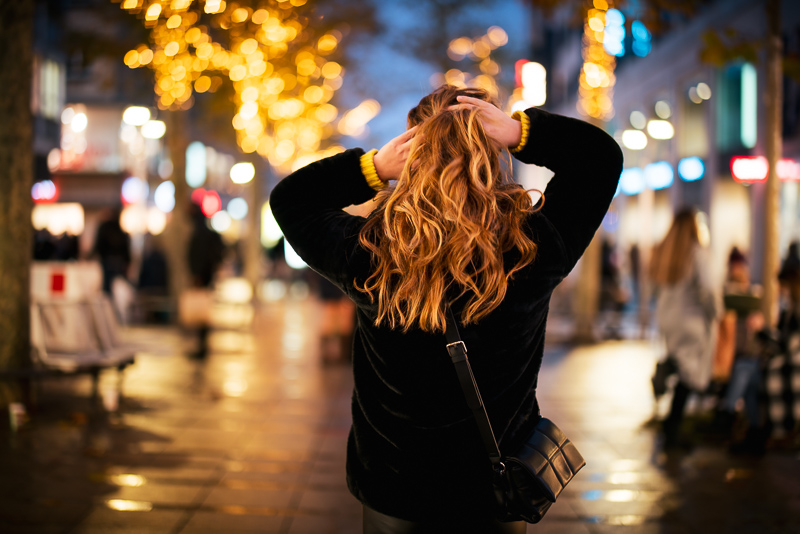
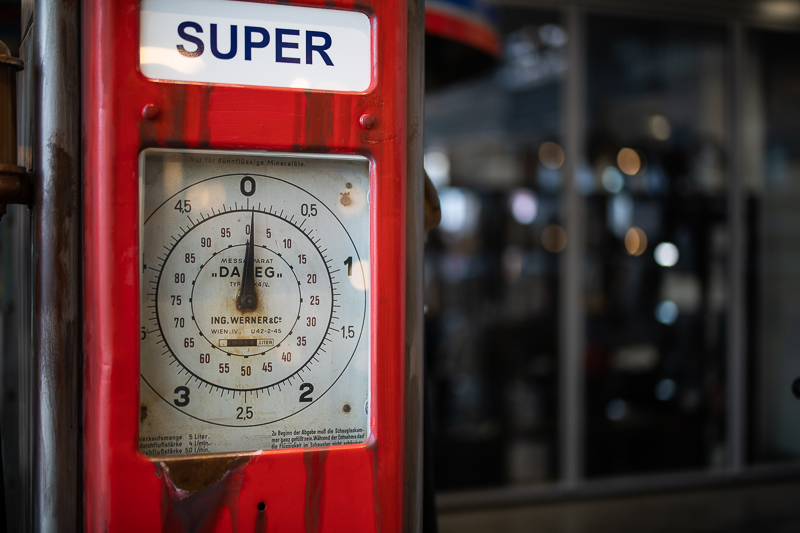
Cat’s eye shaped highlights are obvious though, even in the midframe areas.
Also at longer focus distances and with busy backgrounds the lens is doing a good job in terms of bokeh, but at f/1.2 the sharpness in the outer areas is a bit lower, so if you place a face there it is not as crisp anymore, which hurts the lens’ usefulness for full body portraits a bit. We also see that circles are rendered as triangles towards the borders, a fate the Samyang 50mm 1.2 XP shares with some other fast 50mm lenses.
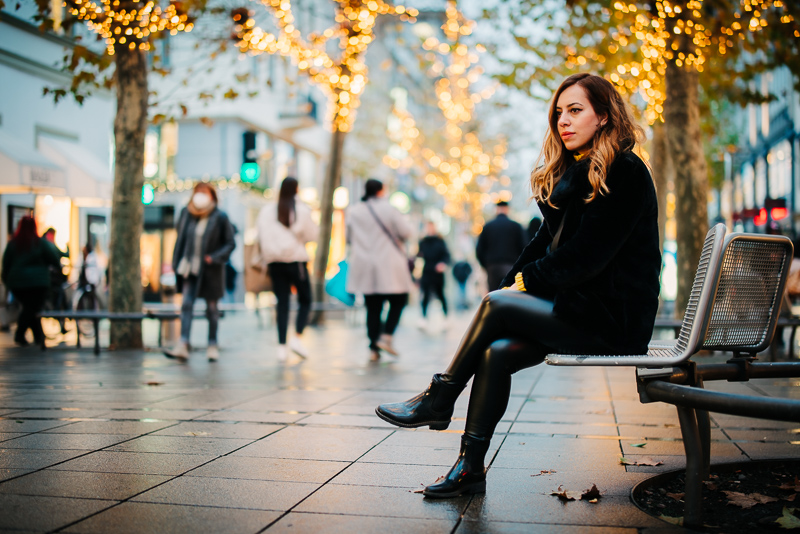
With foliage on the other hand the lens is doing a good job and also high contrast edges are rendered with only very little colorful outlining:
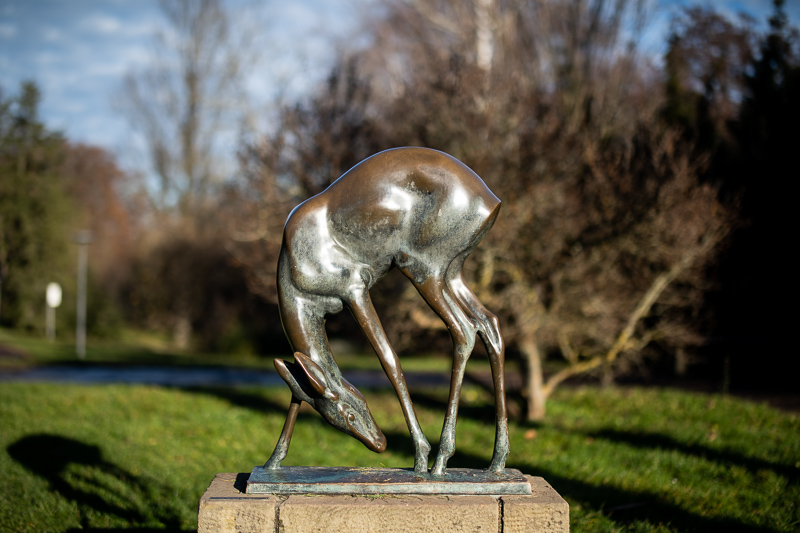
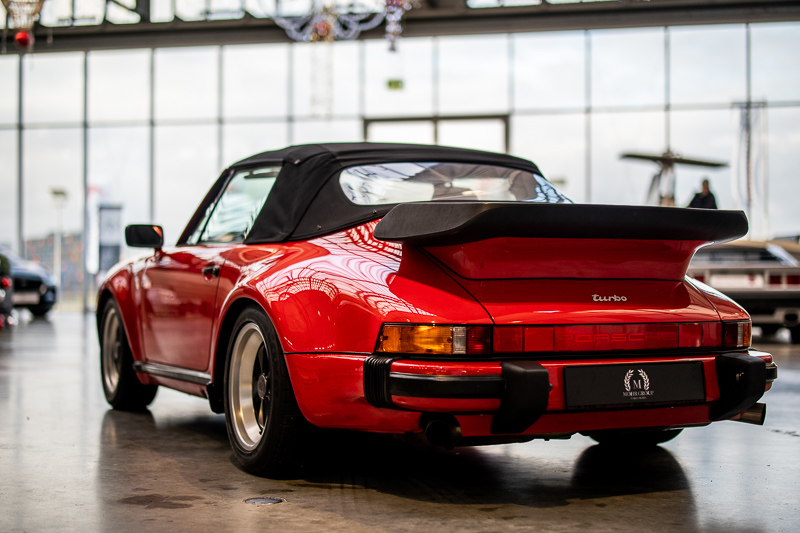
This is a subjective topic, best have a look at the sample images provided and decide for yourself if you like what you see.
Sunstars
100% crops, A7rII
The Samyang 50mm 1.2 XP has 9 rounded aperture blades which are not perfecly aligned therefore the sunstars are not well defined either, especially at wider apertures. Between f/8.0 and f/16 and when mostly having small point light sources in the frame they do look nice and unobstrusive though. If you want to learn more about this topic have a look at this article.
Chromatic aberration
lateral
100% crops from corner, A7III
Lateral CA are almost perfectly corrected by the optical design.
longitudinal
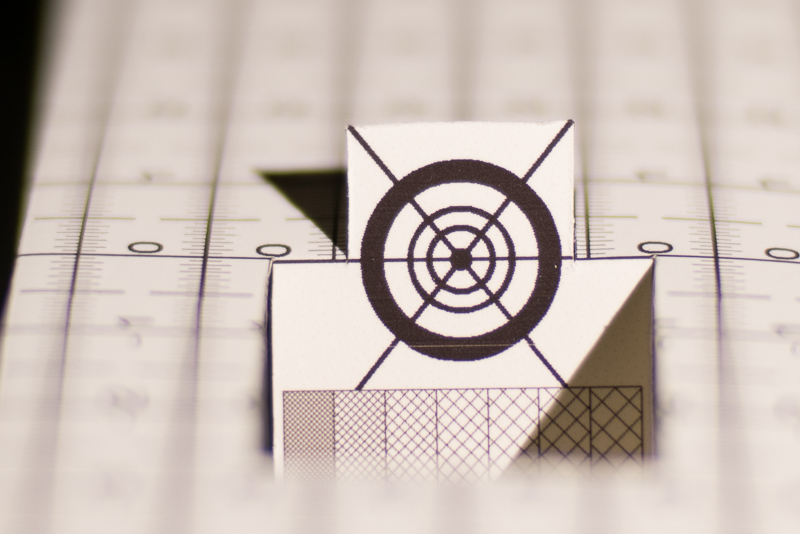
Longitudinal CA are surprisingly well corrected, the Samyang 50mm 1.2 XP plays in the same league as the Sigma 35mm 1.2 Art DG DN here, which is really good news.
The bokeh fringing can be visible at times, but it will hardly be enough to make you worried or even ruin your shots.
Focus shift
33% crops, A7rII
The Samyang 50mm 1.2 XP shows a very small amount of focus shift. When stopping down the plane of optimal focus slightly shifts to the back. When using one of the later metabones adapters you can change to the advanced mode for focusing at working aperture, the downside is slower AF, but as this is a manual focus lens it makes no difference, so this is how I was usually using the lens.
Alternatives
Just lately we put together a rather comprehensive guide on 50mm lenses for Sony FE cameras which should give you a good overview, therefore I will only talk about the two most obvious alternatives here:
Voigtlander 50mm 1.2 Nokton E:
If you want a 50mm 1.2 but don’t want to carry 1.2 kg this is your lens. It is my favorite fast yet compact 50mm lens that offers very smooth bokeh rendering and has only a few minor flaws, by which I mean that it is not as sharp at closer distances and more “dreamy” at f/1.2.
buy from CameraQuest | B&H | Robert White | amazon.com | amazon.de | ebay.com | ebay.de for $999 (affiliate links)
Canon EF 50mm 1.2L:
I have not used this lens personally yet. Some love it for its bokeh rendering, some complain about its lack of sharpness and high amount of CA.
Conclusion
good
|
average
|
not good
|
This is a difficult one. At times I felt like using a Sigma 35mm 1.2 Art with 50mm focal length and without AF, meaning great sharpness at f/1.2 in combination with smooth bokeh and a very good correction of pretty much all optical aberrations. Even distortion patterns and the amount of cat’s eyes are very similar.
This would have been the best I could have hoped for.
But then on a few rare occasions – namely full body portraits with the head in the outer areas of the frame – I felt more like using a Voigtlander 50mm 1.2 E that got too fat over the holidays.
The small size of the Voigtlander makes you overlook a few compromises here and there, but this gets harder when dealing with a lens that is 1.2 kg.
Don’t get me wrong, in terms of optical quality this is the best 50mm f/1.2 lens you can put on your Sony E-mount camera. What you are giving up in comparison to the very “best” lenses (e.g. Sigma 35mm 1.2 Art DG DN, Sigma 40mm 1.4 Art, Sigma 85mm 1.4 Art DG DN) is AF and off center sharpness at maximum aperture, but here only the 35mm 1.2 Art offers a fair comparison, being also an f/1.2 lens and the off center sharpness of this Samyang improves noticeably already at f/1.4.
If you get a Samyang 50mm 1.2 XP used (rare) or at a discount it is also really good value, I paid less than half of a Voigtlander 50mm 1.2 for this one. As I usually don’t travel with a 50mm lens – it just doesn’t integrate well with my kits – but do like the focal length for automotive photography – where the size and weight don’t bother me – I will keep this one for now.
The lens is available from amazon.com | amazon.de | B&H | ebay.com | ebay.de (affiliate links) and the price is $899/999€.
Sample Images
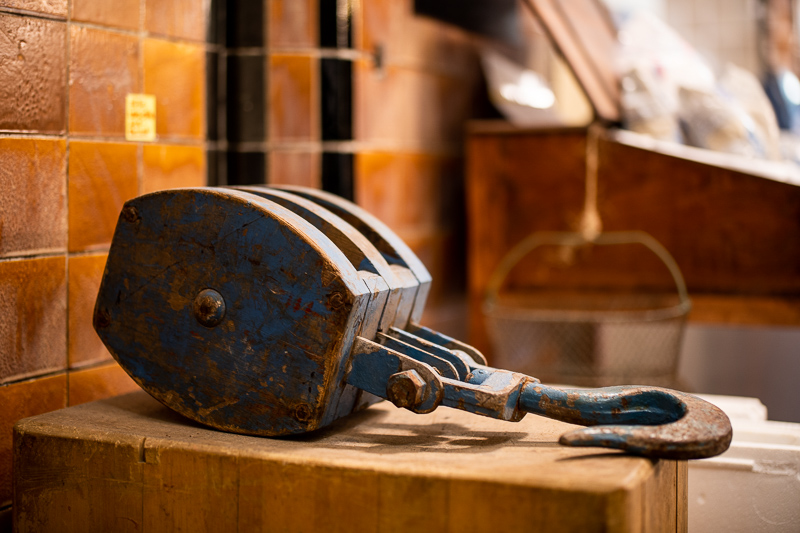
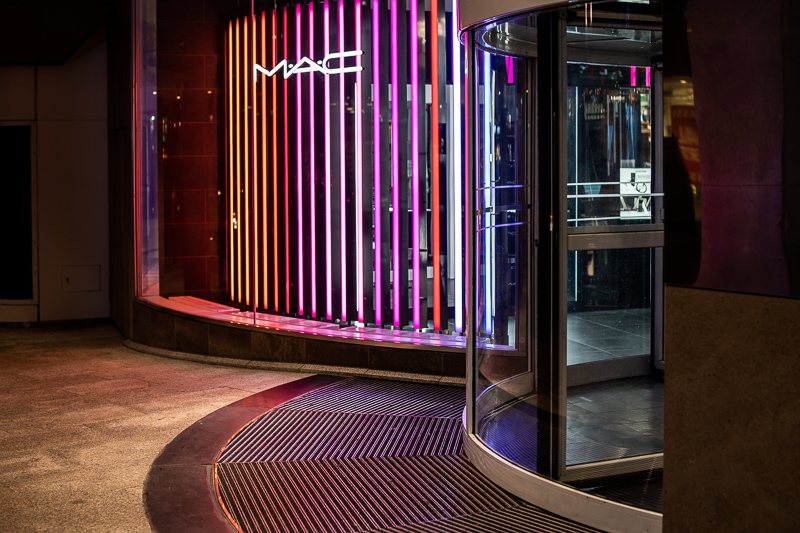
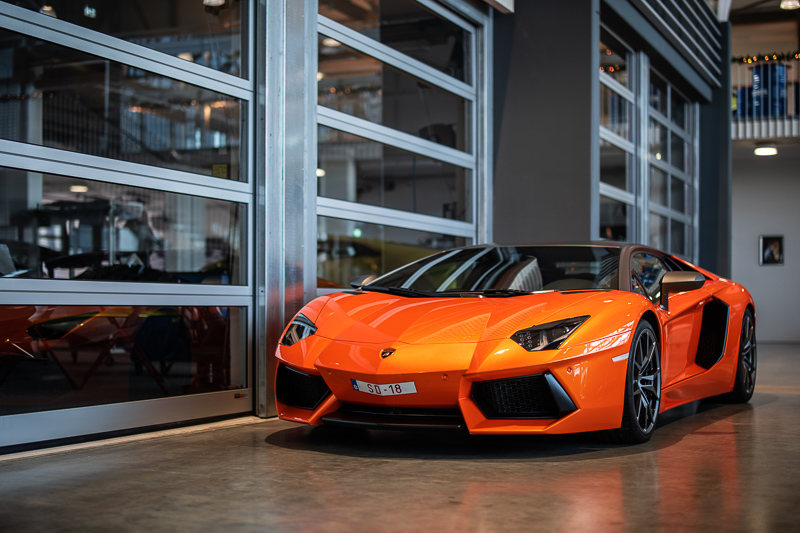
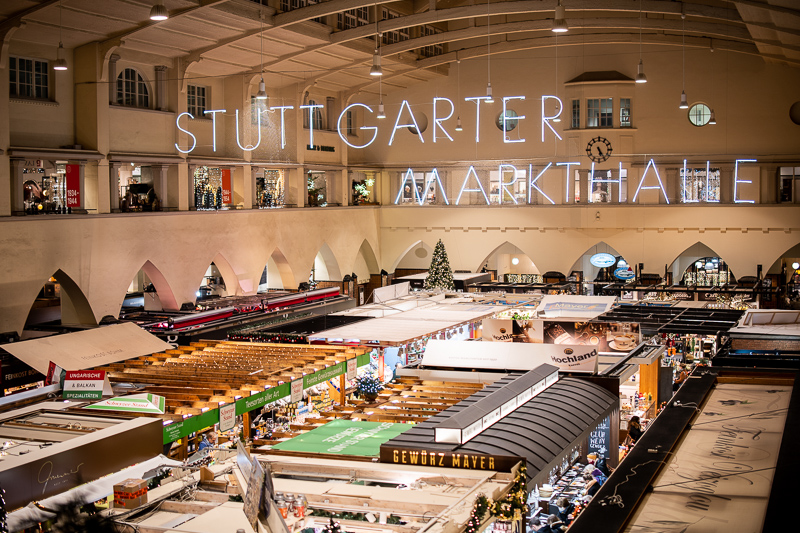


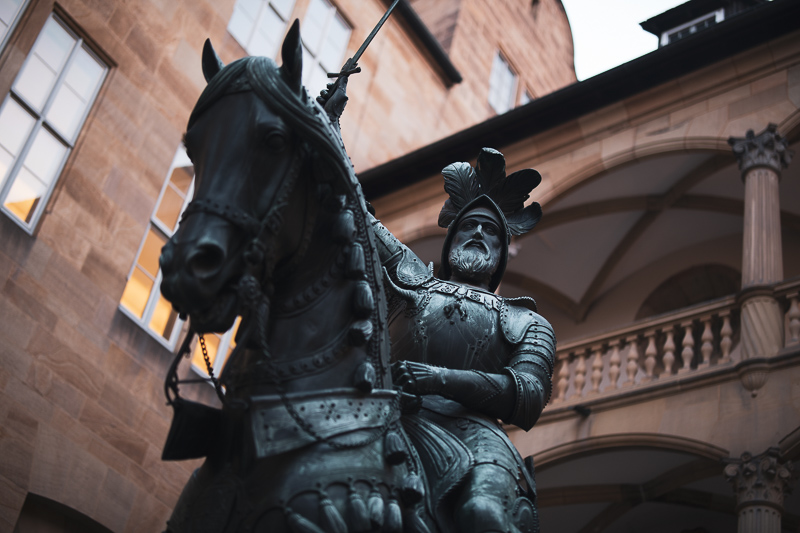

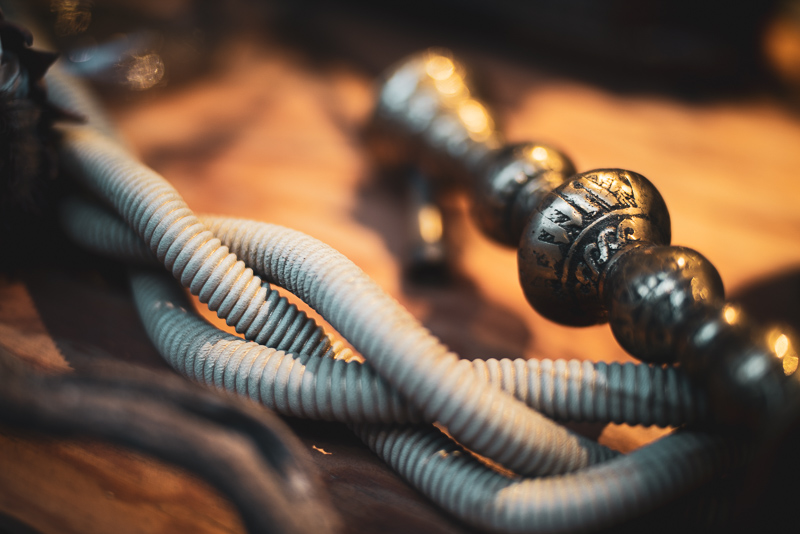
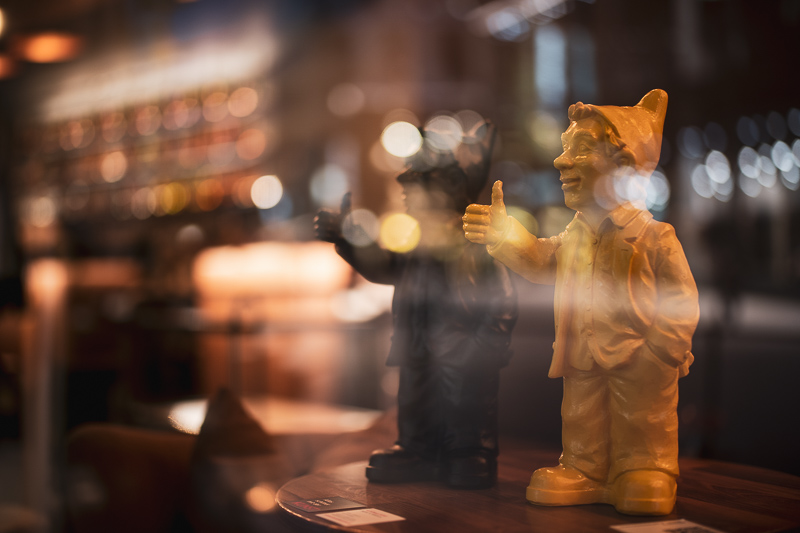
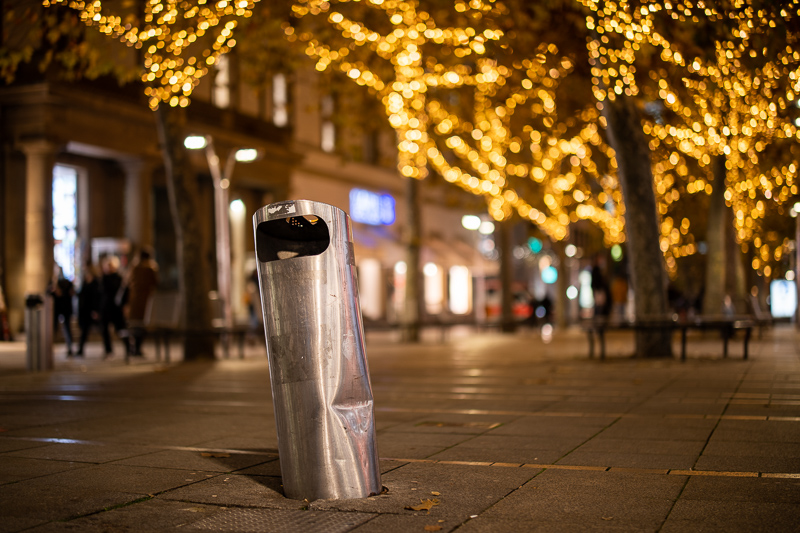
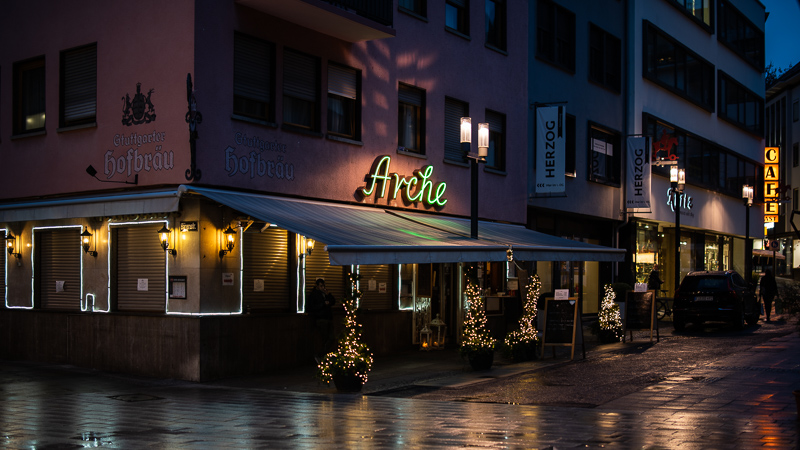

You can find most of the sample images in full resolution here.
Further Reading
- Sony FE lenses: Our comprehensive and independent guide
- Sony FE lenses: Our guide to portrait lenses from 85 to 135mm
- What makes a picture good?
- Lens aberrations explained
Support Us
Did you find this article useful or just liked reading it? Treat us to a coffee!
![]()
![]()
![]() via Paypal
via Paypal
This site contains affiliate links. If you make a purchase using any of the links marked as affiliate links, I may receive a small commission at no additional cost to you. This helps support the creation of future content.
Latest posts by BastianK (see all)
- Review: Sony FE 70-200mm 4.0 G Macro OSS II - December 20, 2025
- Review: Viltrox AF 35mm 1.2 FE LAB - December 17, 2025
- Analogue Adventures – Part 47: Tübingen - December 17, 2025








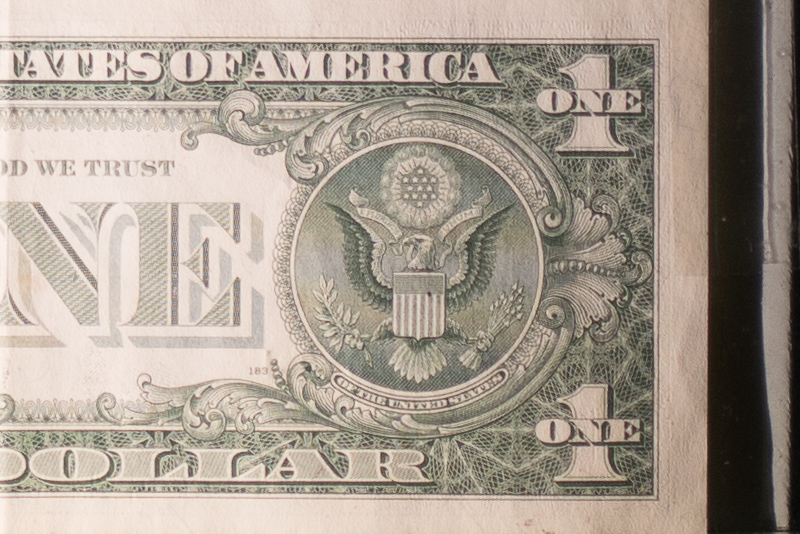

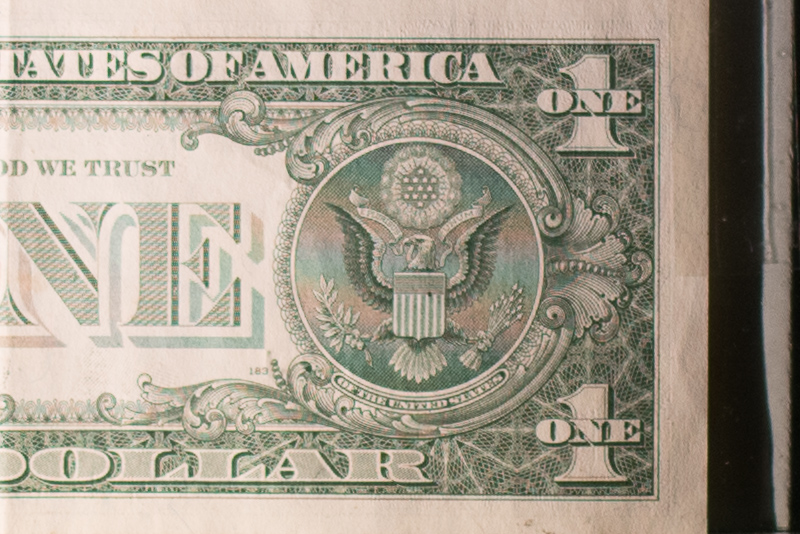
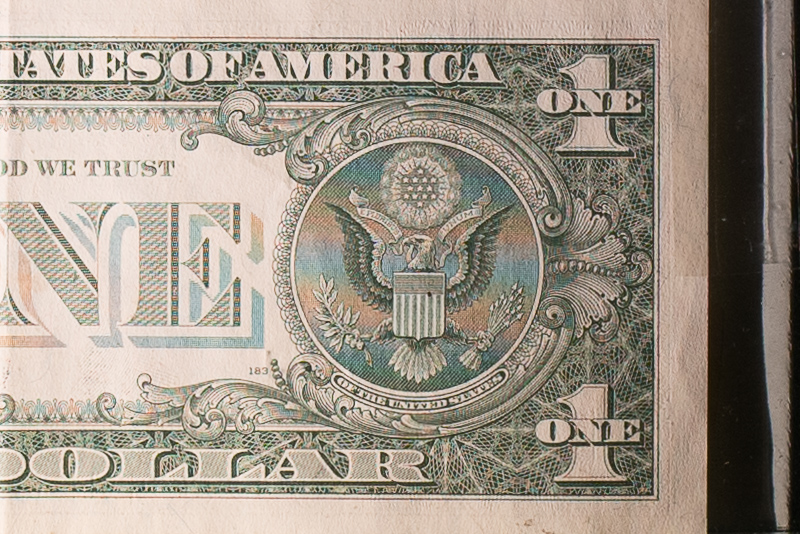

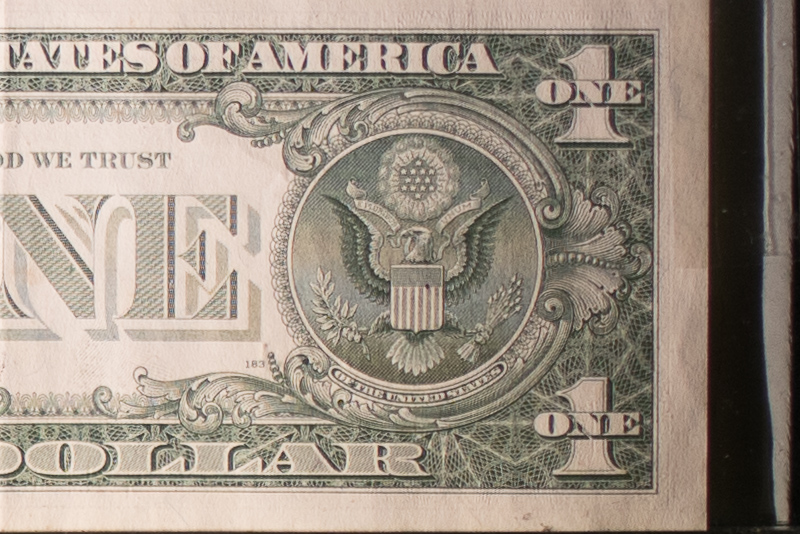
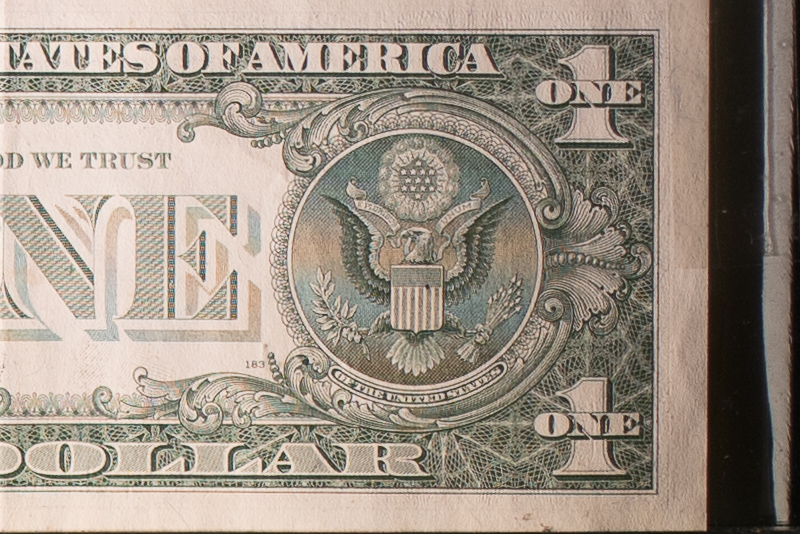
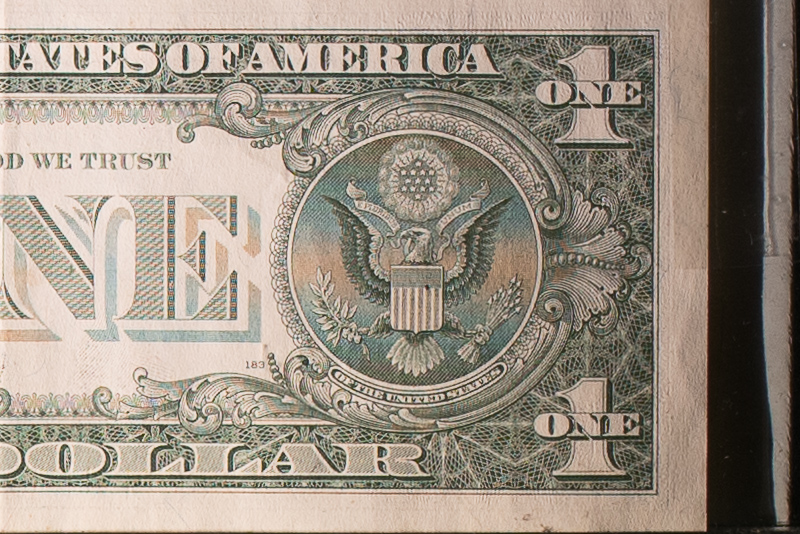
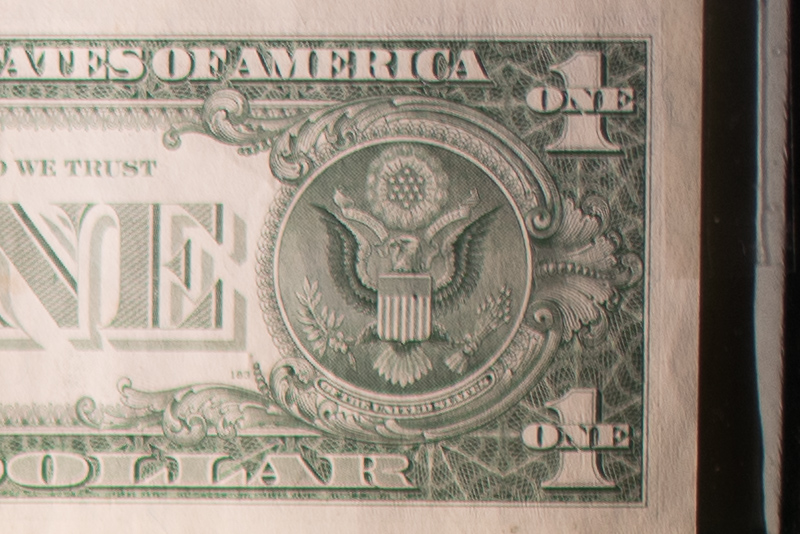
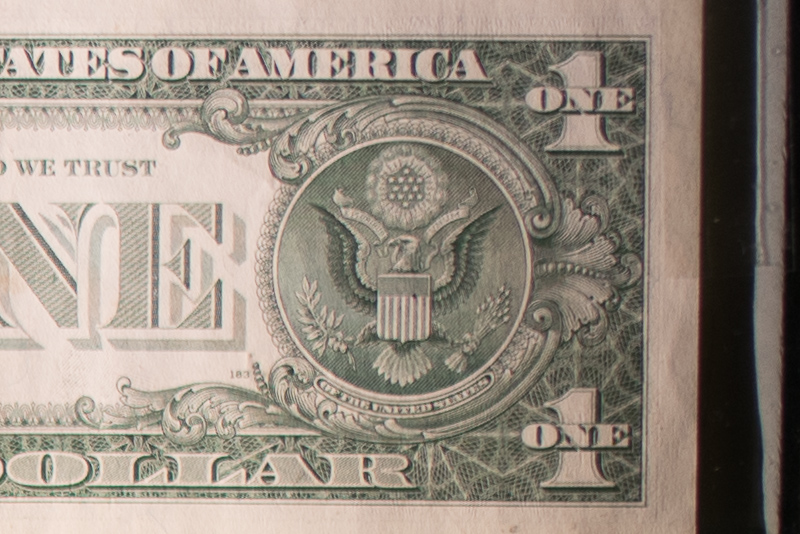
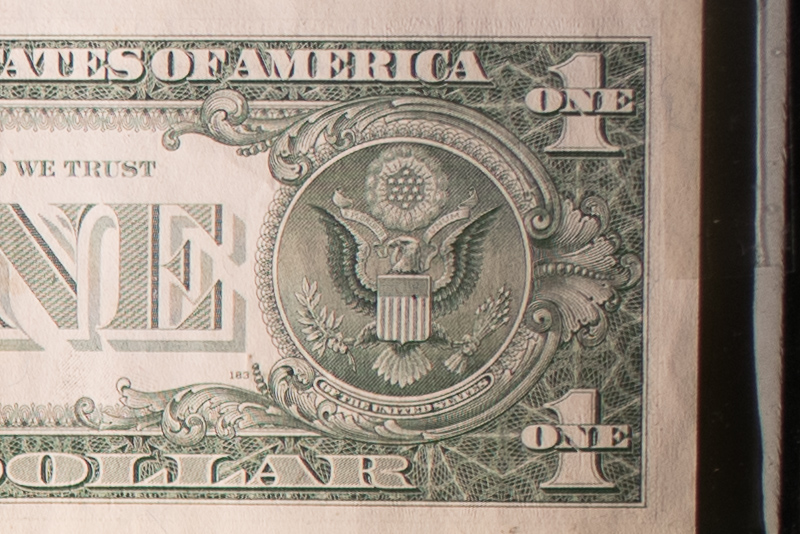

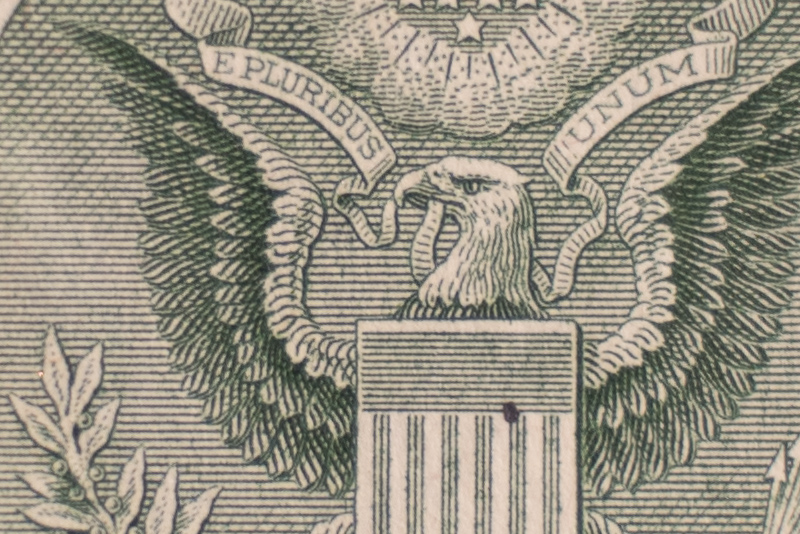
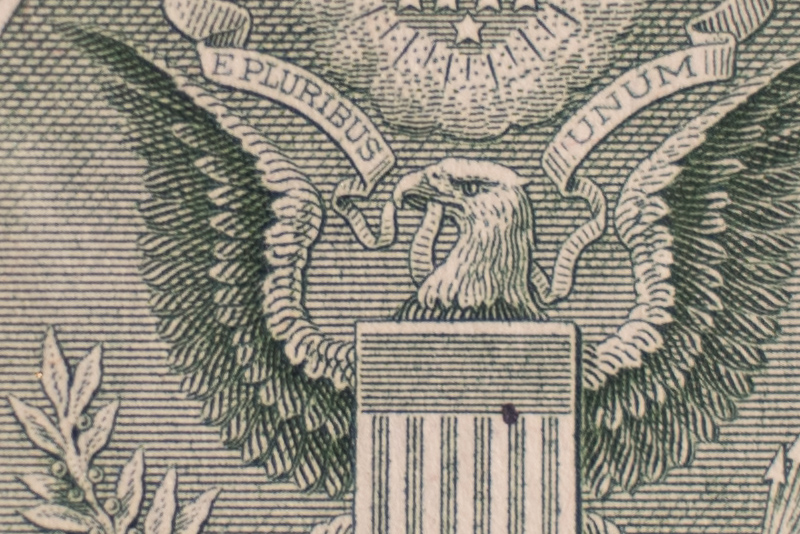

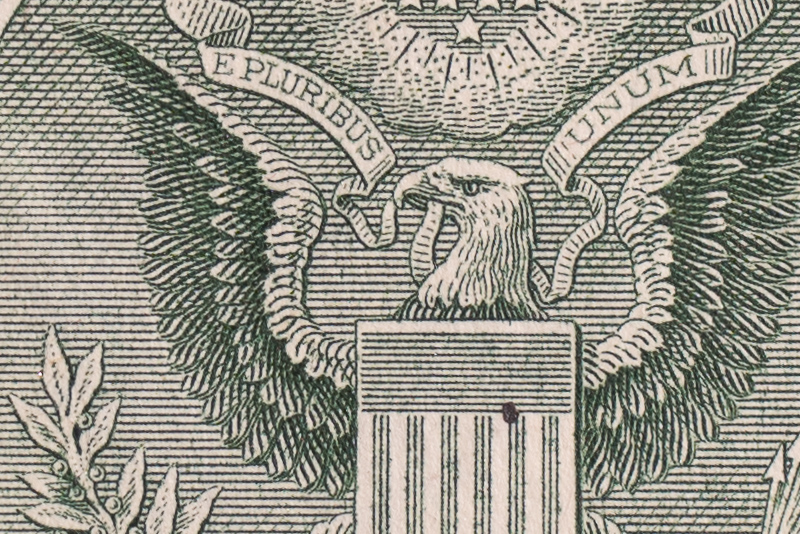
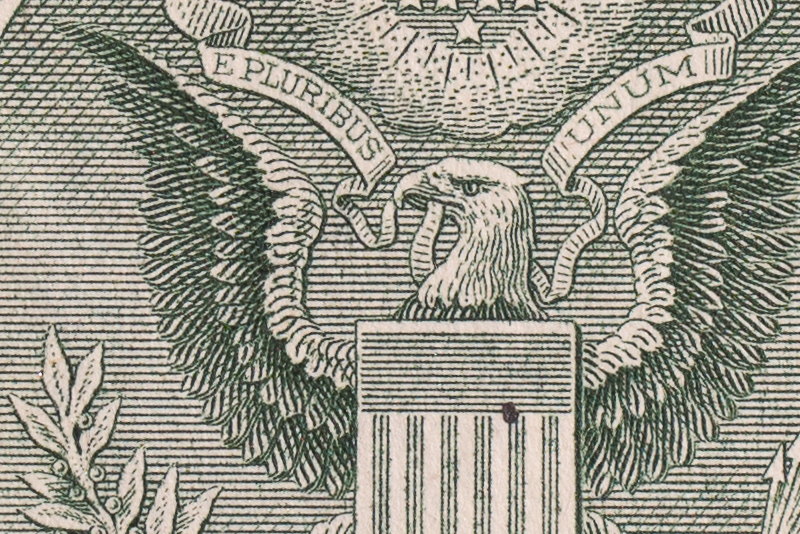









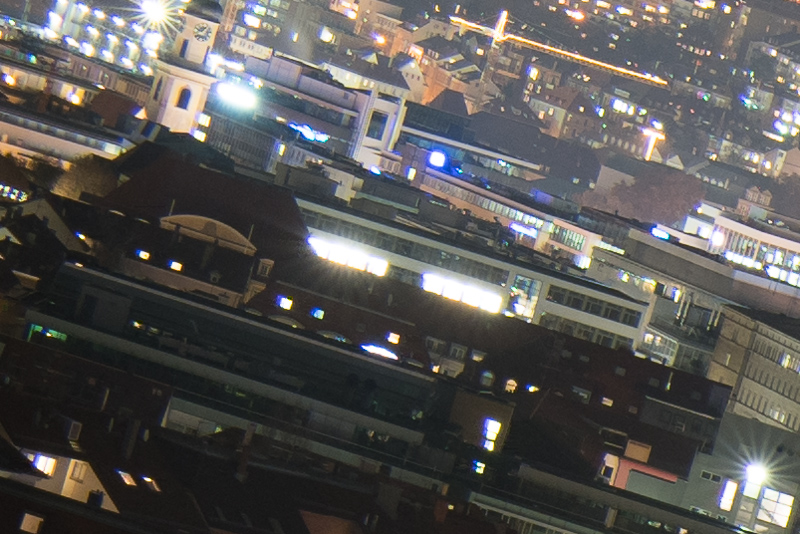
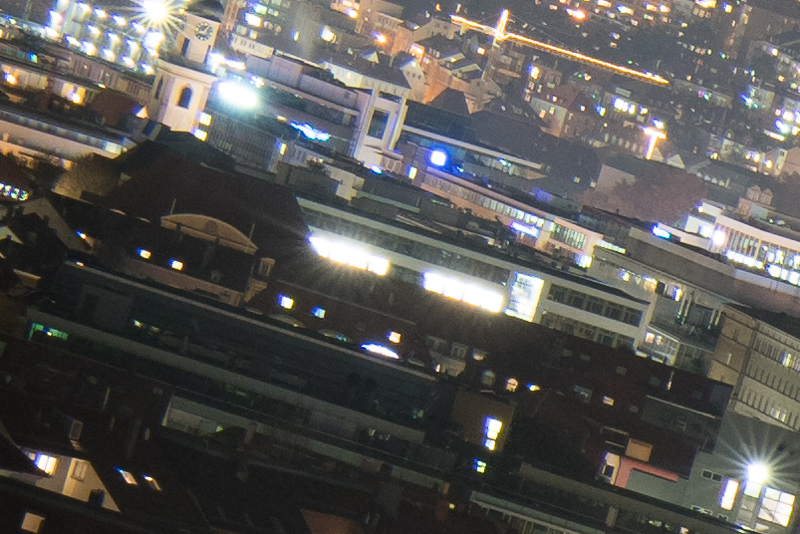
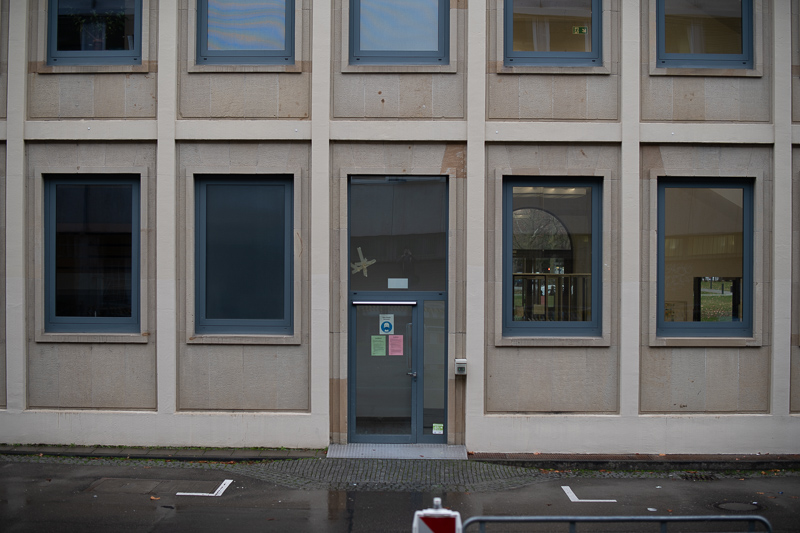
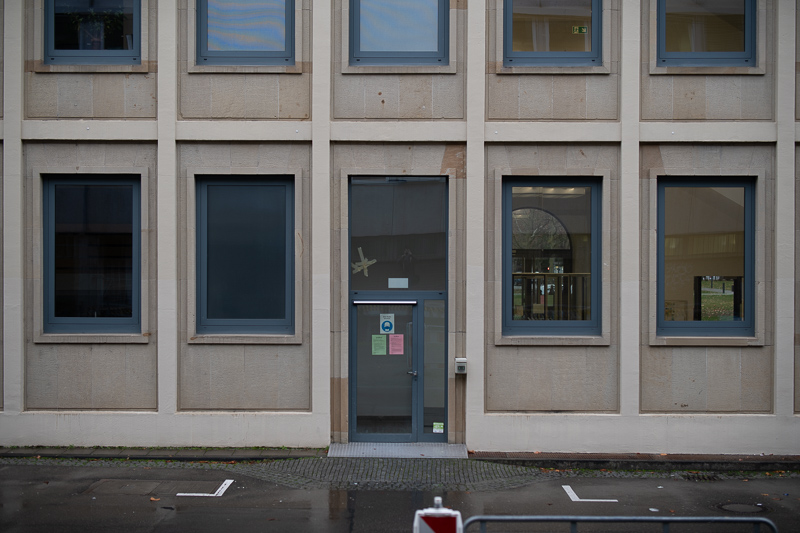


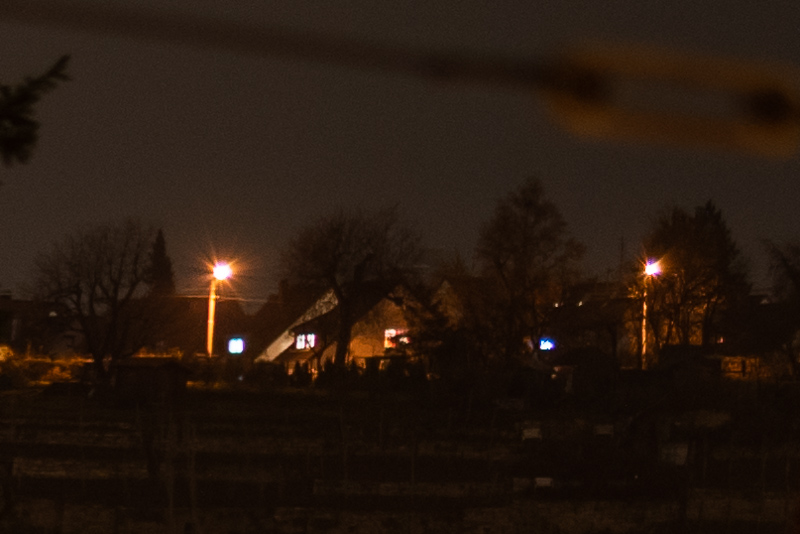
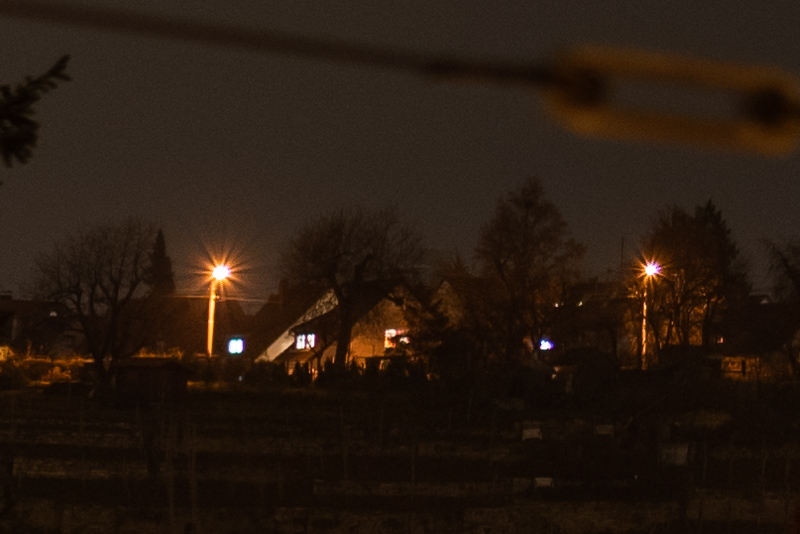






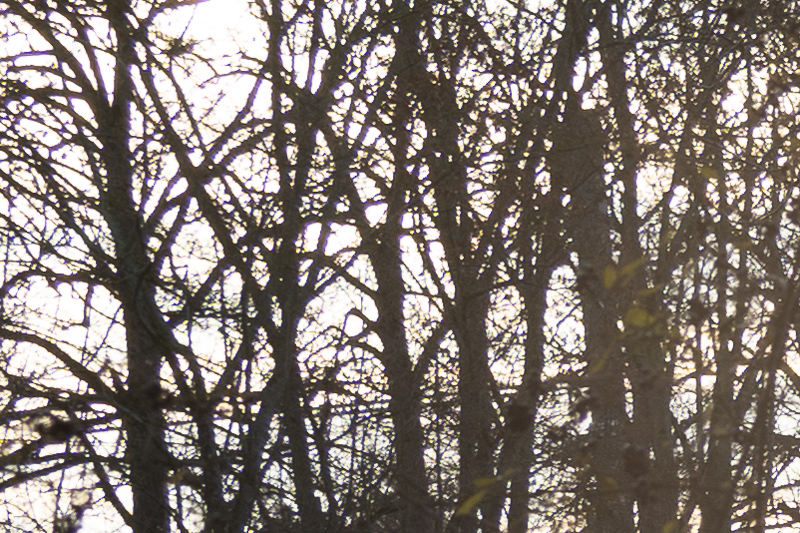
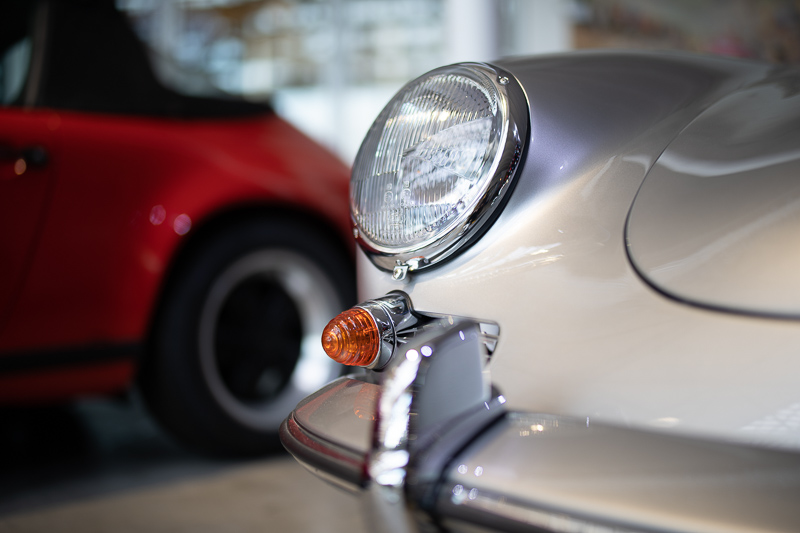
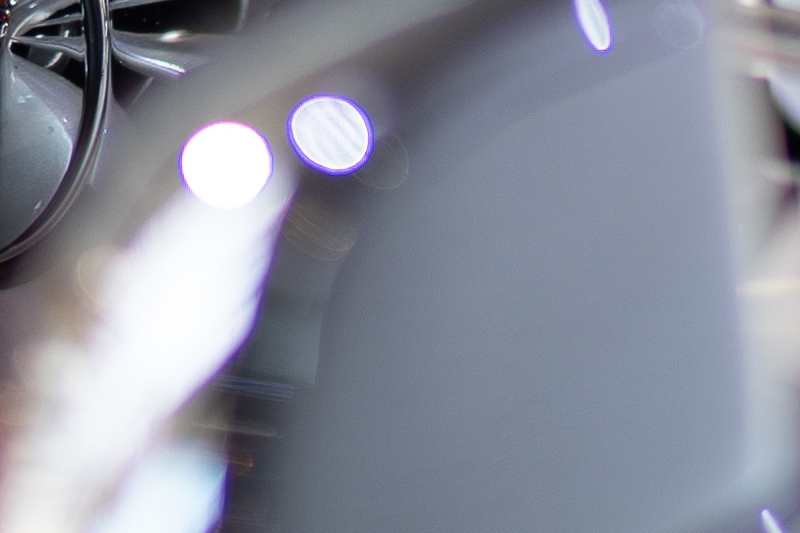

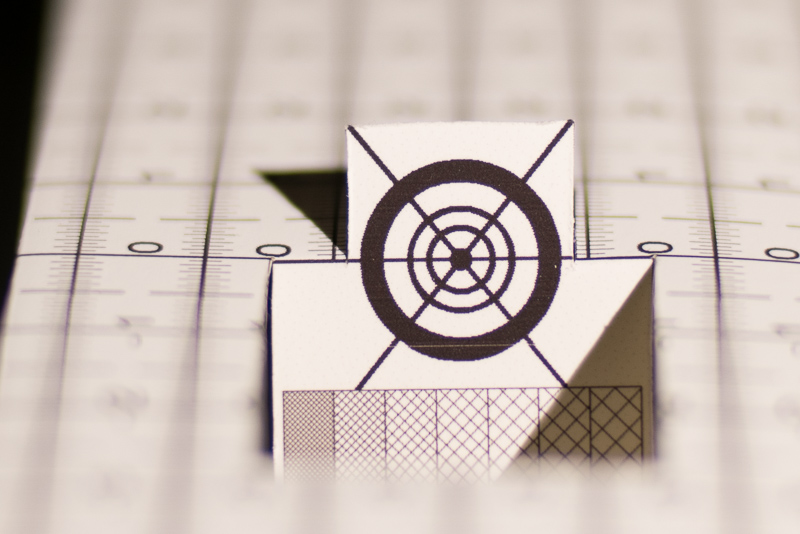
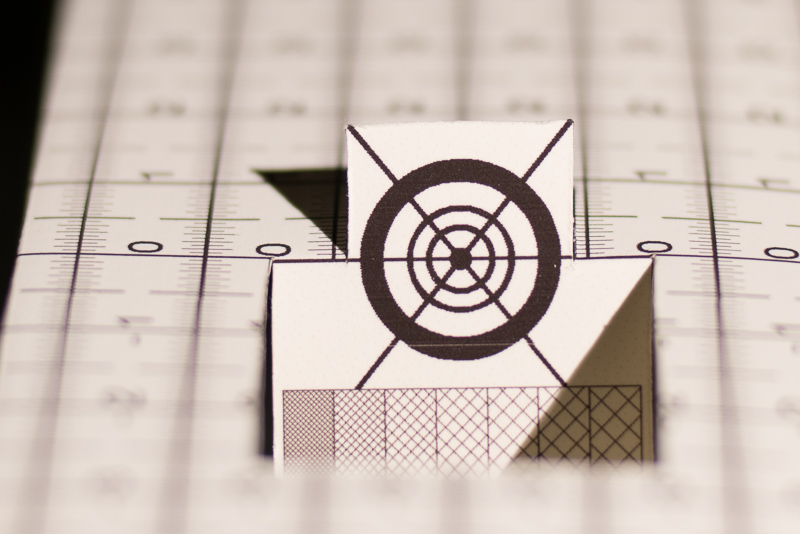
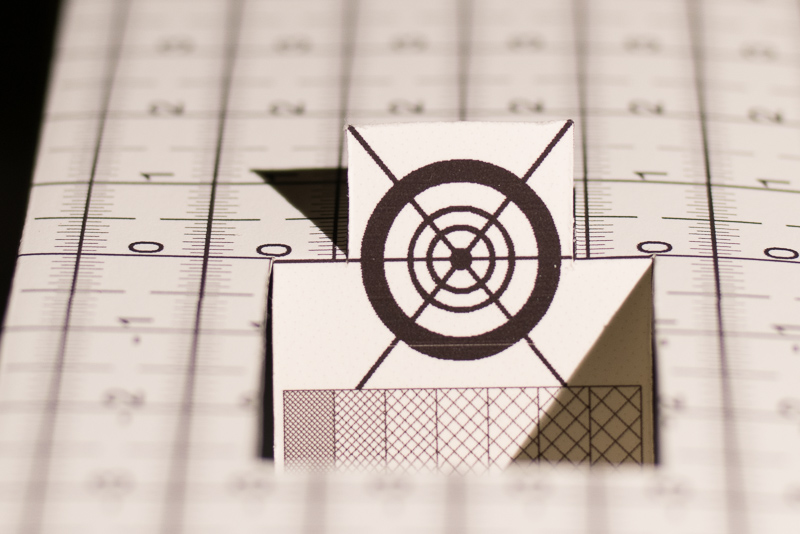
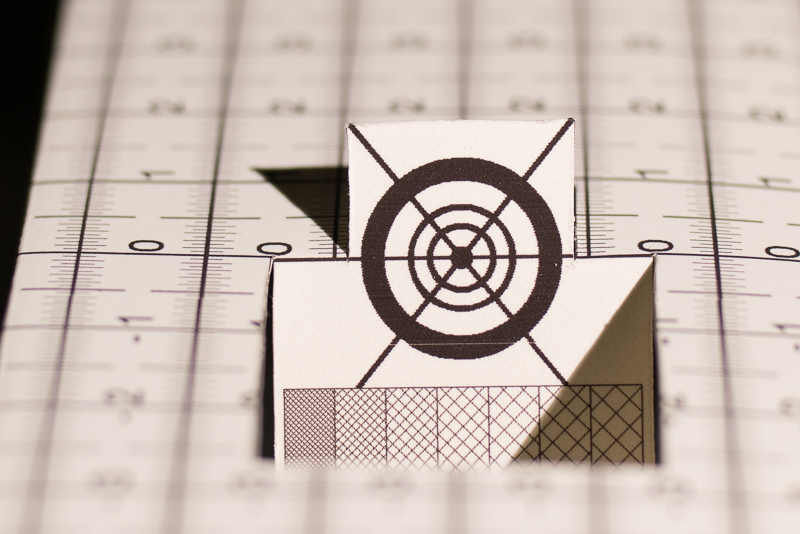
“What is extra annoying: the front element is significantly smaller, so it should not have been a problem to realize this lens with a significantly more common 82mm thread.”
Perhaps a step-down ring would be of use here, sometimes that’s a handy 1 eur solution (not that it justifies the manufacturer’s decision).
You are right, yes, I actually overlooked that option even though I use it for other lenses!
Nevertheless, my comment was also about the general size of the lens, not only the filter thread.
Oh yes, I only meant this as an advice for those who still don’t consider such solutions and would rather buy a new filter. Thank you for the great review, now I know what to expect from this lens in real-life use. The size and weight that remind me of my CZ Sonnar 180mm 2.8 “Olympia” are scary though, but for the price you paid it’d definitely be very tempting to try; since the lens delivers great results.
You’d also try SY 85 1.2 XP. Very similar color rendering and de-focus transition.
Here is the sample: https://www.flickr.com/photos/182978731@N03/50766238683/in/photostream/
Another Gym class lens… 1.2kg for the fixed focal length that has no AF :/ bloody hell the world is strange… Do they really sell enough of these to justify the production, I really don`t get it…
No AF so it clearly is not intended for professional work in stills, this size and weight also imply that this lens is not going to be particularly interesting for hobbyists… The price is just so so, for the lens without AF its hard to justify either..
The only advantage I can see is minimal focusing distance. But is it worth that.. I don`t really know.
Honestly speaking if we are talking about 1.2f lenses, they must have at least one of the compromise:
Either deliver the splendid performance in every aspect possible
Or only be good for that 1.2f look.
For the first the professional will probably aim at Canon RF 50mm 1.2f or even EF 50mm L just because it has AF..
For the second there are options as cheap as ~200$ these days.
For me this lens seems to be a part of marketing of the name, some sort of achievement or benchmark for the company to reach.
While I don’t disagree with what you’re saying, I don’t think that AF is the “pro” feature or the most important feature at all. For example, I prefer manual focus lenses and I don’t think that MF lenses from Zeiss or Leica are necessary designed for amateurs only. Sure, AF makes sense for professional portrait photography, but there are many uses where it doesn’t matter as much (or at all). I do agree about the weight of the lens though, but it’s mostly down to glass. As for performance, I’d say it’s pretty high and there aren’t many lenses that perform better, especially for the price. I agree with your conclusion, but I’m happy to see different options instead of every manufacturer going for the same thing (like with smartphone industry). These are creative tools after all, more the merrier.
Yes regarding the AF I was mostly concerned about wedding photography, using only MF in those kind of situations really puts you on ease. Another thing to note is that stopping down this lens to lets say 2.8f to increase the DOF and make things easier, would not mean that you get better performance than lets say 24-70mm 2.8f, because in zoom case 2.8f is wide open meaning there is no aperture involved and bokeh is considerably smooth for that aperture, while with stopped down lens it loses the smoothness due to 9 aperture blades.
I do agree with you that the lack of MF does not imply that the lens is not professional enough, it is just that each tool is dedicated for certain task.
I greatly appreciate the through review of all types of lenses…however, some of these lenses are just too esoteric to really give serious consideration. This Samyang is too large, needs an adaptor, and has an unnecessarily odd filter size.
You know, whenever we publish a review of a lens you are not interested in you can ask for a refund of your monthly membership fee 😉
Why that backhanded response? I did not criticize the review. Was something lost in translation?
Thanks for the review, Bastian! Unlike some other people, I actually like that you review less popular lenses. The popular ones have reviews all over the place anyways!
I know you mainly focus on photo lenses, but have you thought about reviewing any cine lenses? I’m specifically thinking about the SLR Magic APO Microprimes. I’ve seen some very positive reviews for the APO HyperPrimes, but there’s not a lot of in depth review for their APO MicroPrimes. Curious to see if you’ve tried them or if you’ll try them in the future!
That has always been my point, too.
I have no contact to SLRmagic and I feel I would not be able to properly assess them,
as for their actually intended usage there are many features I know nothing about
(position of the rings, diameter, connectivity to matte boxes and so on).
So at the moment: rather unlikely.
I shoot video and I have the 25mm APO micro prime and it is really special. Up until this point I had never resolved that much detail before. Now I look at this lens and I look at the 50mm APO microprobe and I just wonder whether the SLR Magic might have the edge.
Just needs a tripod collar.
That would have been clearly useful…
I could imagine myself being the target market for this type of lens. I have money and love 50mm lenses.
However I would prefer to have 2 50mm’s than this one. Say the 50mm apo and Zeiss Sonnar 50mm 1.5. That is to say corrected perfection and art. I think these two would weigh less and I feel may yeild better results?
This Samyang mainly makes sense if you need/want very high contrast and resolution at f/1.2.
If that is not the case there are not many reasons to bother lugging this one around.
Everyones’ needs and tastes are different. I have tried and failed to find the perfect lens setup for myself. In doing so I have come to the conclusion that for me focal length, or field of view, is not the primary factor for lens selection. I have found that in trying to get the results I want, opposed to the best results from a given situation, that lens character can be very important.
For example often people choose a lens quiver based on focal length. 24 & 50 & 100 or 35 & 85 – you get the idea – but I have found I am happier with my work when I consider the character of the lens for the situation. To me: rendering, bokeh, contrast and flare are actually more important than where I stand.
I often shoot into the sun – so flare control is paramount. So I choose my lens based on its flare abilities – not its focal length. However if shooting a portrait I want kind rendering and no distortion – so I choose based on those things and stand accordingly.
For me it is all about getting photos I am happy with and in that vein focal length is not as important as I imagined. Obviously field of view is very important but I just wanted to offer an alternative viewpoint.
I guess I am saying that you cannot control the physical qualities of the lens but you can choose where you stand.
ps thank you for the review, excellent as ever, this is a wonderful website….
Interesting approach. So, which lenses end up with you?
I am wondering the same. I like this logic. I think it’s why I have a hard time leaving lenses at home. I like to carry all my lenses and sometimes that means having overlapping focal lengths or very close because I want to be able to capture with those particular lenses.
I agree with the above: indeed excellent website and interesting competent reviews (not to mention beautiful pictures, don’t forget to congratulate your girlfriend/wife?). To show my satisfaction, I will double my monthly fee…
Always appreciated 🙂
You have some remarkable sample photos here, and I appreciate your hard work giving us a great review. I just looked on Amazon, and the lens seems to be selling for $700. Can you tell me if this is the correct one from your review? (Link at bottom)
The bokeh looks gorgeous here. I am truly in love with the Sigma 35 F/1.2 DG DN, and the Sigma 85 F/1.4 DG DN. Some of your sample shots has a sort of Sigma 35 f/1.2 look to them. I have the voigtlander 50mm f/2 APO Lanther, and I knew going in it wouldn’t
Have dreamy bokeh, but I was seduced by it’s near perfect performance and sharpness (love it!!) … but I’ve been looking for a dreamy but sharp 50mm. Almost seems like this is the lens to get IF one can deal with the weight. (I lug the sigma around, so not afraid of a little extra weight, BUT, heavy lenses aren’t lenses you grab-and-go with typically.)
I have the metabones IV. Do you know if this will work on the Sony A7r iv? That’s my current camera. Thanks so much!
https://www.amazon.com/-/de/dp/B07D1Z1VGB/ref=as_li_ss_tl_nodl?__mk_de_DE=ÅMÅŽÕÑ&dchild=1&keywords=samyang+50+mm+1.2+xp&qid=1607680006&sr=8-3&linkCode=sl1&tag=httpphillinet-20&linkId=f83aafdc0e95a0953a83e4559ed467f4&language=de_DE
Lens from your link is the right one and it should work well with Metabones IV.
I too like the Sigma 35mm 1.2 Art and agree this Samyang is currently the only 50mm lens that comes close when it comes to the combination of smooth bokeh and high contrast and resolution at f/1.2.
Finally a Samyang XP review! Thanks a lot for your effort! I’d like to see a comparison of the XP 14mm with the regular 14mm.
Ah, that is rather unlikely to happen.
Thanks for another great review and sample images Bastian. Very much appreciated. And thanks for reviewing this particular lens. It had caught my eye many times and I wondered how it would perform, specifically on Sony. Thanks!
Do you have any interest in trying the 85 1.2? I’ve heard good things about it but I only ever trust your judgment on these sorts of lenses 😀
That the Samyang XP 85 1.2
Let’s say, if it ended up on my doorstep I would review it, but the risk of ordering it only to review and sell it afterwards is too high.
With these super fast lenses there is also quite a big mirrorless advantage, so I think the 1.4/85 GM will yield more blur towards the corners than the Samyang 1.2/85 XP.
Oh interesting! So some or most mirrorless native lenses can yield better subject isolation qua mirrorless lenses?
Ah that would be a generalization too good to be true!
I should have rather said: when it comes to 85mm lenses the Sony FE 85mm 1.4 GM seems to make great use of some mirrorless advantage, as it outclasses pretty much any other fast 85mm lens, especially lenses like the 85mm 1.2 XP or the Mitakon 85mm 1.2.
I am assuming lenstip is always doing that test at the same distance for the same focal length, as that is what I would do.
Sony FE 85mm 1.4 GM – Samyang 85mm 1.2 XP – Canon 85mm 1.4 L IS – Zeiss Otus 85mm 1.4 – Zeiss Milvus 85mm 1.4 – Mitakon 85mm 1.2
The list of lenses that do a really good job when it comes to optical vignetting is a really short one,
but also the 2/35 in the Sony RX1 as well as the 1.4/24 GM are outclassing all the DSLR lenses in this respect.
From what I have seen the Sigma 2/65 also seems to be a great performer here, but I haven’t tested that one myself.
Another notable example was the Zhong Yi 50mm 0.95.
The mirrorless versions are so so much better than the much bigger EF version.
A generalizazion that should be true: if you can move the rear element closer to the sensor and make it big that seems to make designing good lenses easier.
Hot take… This lens was accidentally designed for video and it’s pretty amazing for the price.
Beside taking photos of my daughter, I mainly do streets at night. I hate using a tripod. That said, I’m always looking for fast lenses, that deliver already wide open. Is there any competition to this lens for my use case? Already acceptably sharp in the edges at 1.2: sounds to good to be true.
Sigma 35mm 1.2 Art DG DN
Sony FE 50mm 1.2 GM